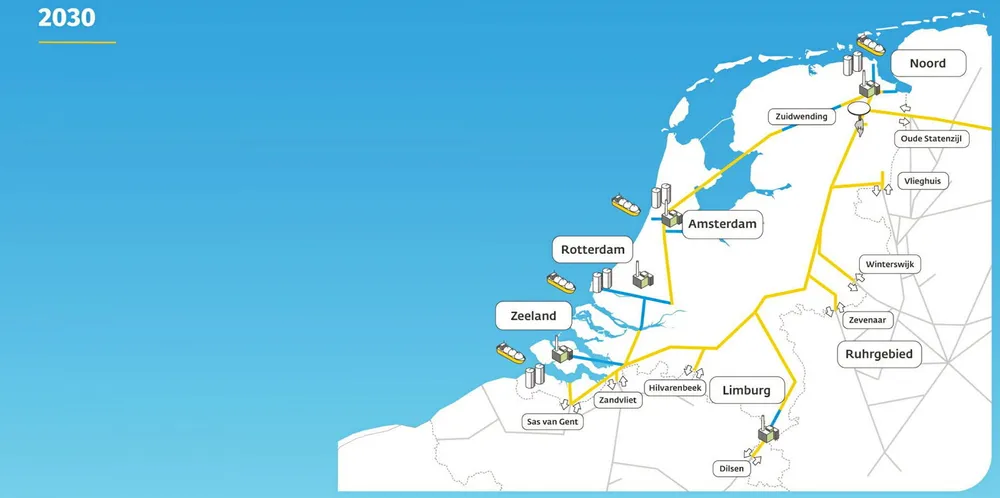Why the Netherlands’ planned hydrogen network will be difficult to replicate in other countries
About 85% of the new H2 system would consist of repurposed natural gas pipes, while parallel lines provide ‘probably unique’ opportunity

About 85% of the new H2 system would consist of repurposed natural gas pipes, while parallel lines provide ‘probably unique’ opportunity
